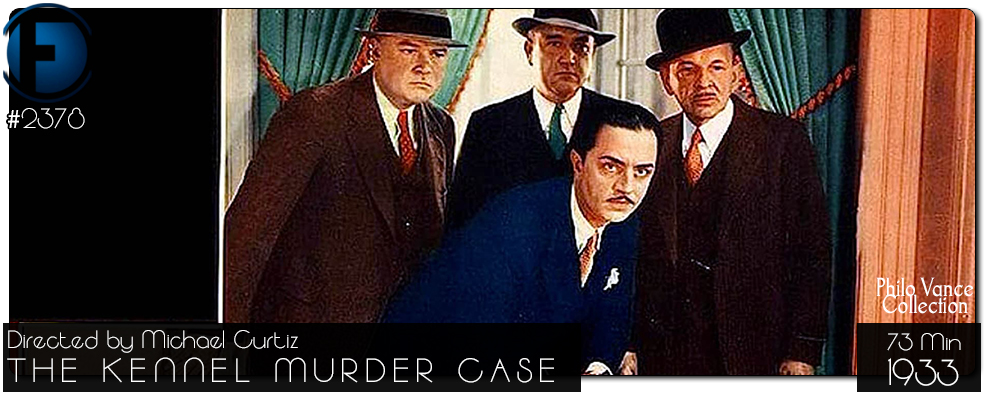Movie Review – Kennel Murder Case, The
Principal Cast : William Powell, Mary Astor, Eugene Pallette, Ralph Morgan, Robert McWade, Robert Barrat, Frank Conroy, Etienne Girardot, Paul Cavanagh, James Lee, Arthur Hohl, Helen Vinson, Jack La Rue, Harry Allen, Wade Boteler.
Synopsis: Philo Vance, accompanied by his prize-losing Scottish terrier, investigates the locked-room murder of a prominent and much-hated collector whose broken Chinese vase provides an important clue.
********
The fifth film adaptation of author SS Van Dine’s popular literary sleuth series involving amateur detective Philo Vanc, Michael Curtiz’ The Kennel Murder Case is a snappy, crackling murder mystery boasting witty dialogue and an insatiable wry streak. The film would be the last of the four appearances in the title role for William Powell, who described the derivative nature of the pulp plotting and one-dimensional characters as his reason for no longer wishing to appear in them – not challenging enough for an actor of his calibre, it would seem. The film’s “locked room” premise is intriguing if somewhat overburdened by contrivance, but the terrific cast, breathless pace and early-30’s aesthetic makes this one of the better entries in the franchise. It also helps that Powell, despite his own protestations, seems to have settled into the caricature of Philo Vance’s dilettante detective work and continues, as always, to offer that glint in the eye cheekiness such nonsensical fictional mysteries often warrant.
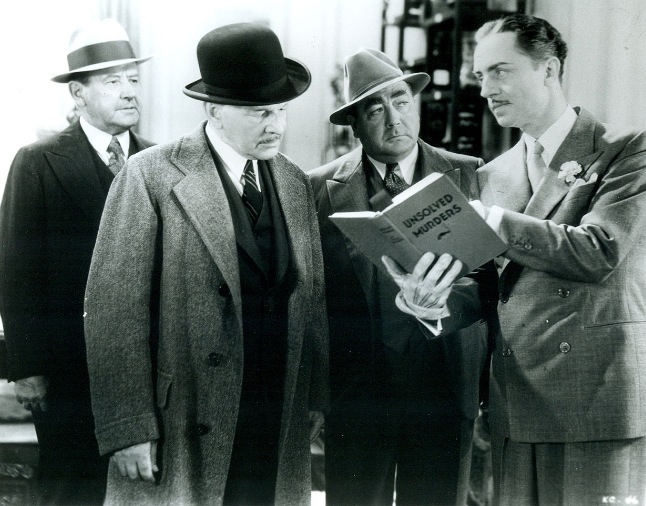
Plot synopsis via Chat-GPT: The story begins at an upscale Long Island kennel club, where a prized Doberman is about to compete in a dog show. Philo Vance (William Powell), a debonair private detective, is attending the show as a casual observer. The scene quickly shifts, however, to a disturbing incident: Archer Coe (Robert Barrat), a wealthy and notoriously unpleasant collector of Chinese art and a participant in the dog show, is found dead in his locked bedroom in his mansion. At first glance, it appears to be a suicide. Archer Coe is discovered seated in a chair with a revolver in hand, a bullet wound in his head. However, Vance, working alongside his friend and New York District Attorney Markham (Robert McWade), is not convinced by this apparent suicide. Vance’s scepticism grows when the coroner, Dr Doremus (Etienne Girardot), examines the body and finds a fresh knife wound in Coe’s back. It is quickly clear that Coe has been murdered and that someone staged the scene to make it appear as a suicide. Vance begins his investigation at the Coe mansion, uncovering a web of family secrets, professional rivalries, and shady dealings. Archer Coe’s brother, Brisbane Coe (Frank Conroy), who had a strained relationship with Archer, is one of the first suspects. Brisbane is found dead later in the film, deepening the mystery and leaving everyone baffled as to how the two deaths are connected. This shocking second murder heightens the tension and multiplies the motives for the crime. Other significant suspects include Raymond Wrede (Ralph Morgan), Archer Coe’s secretary, who harboured resentment towards his employer; and Doris Delafield (Mary Astor), Archer’s former lover, who is also entangled in the mystery. Doris is now romantically involved with Sir Thomas MacDonald (Paul Cavanagh), a British nobleman who also comes under suspicion due to his connections to the Coe family. The caretaker of the Coe mansion, Liang (James Lee), and Hilda Lake (Helen Vinson), Archer’s niece, also play pivotal roles, with their own possible motives for murder.
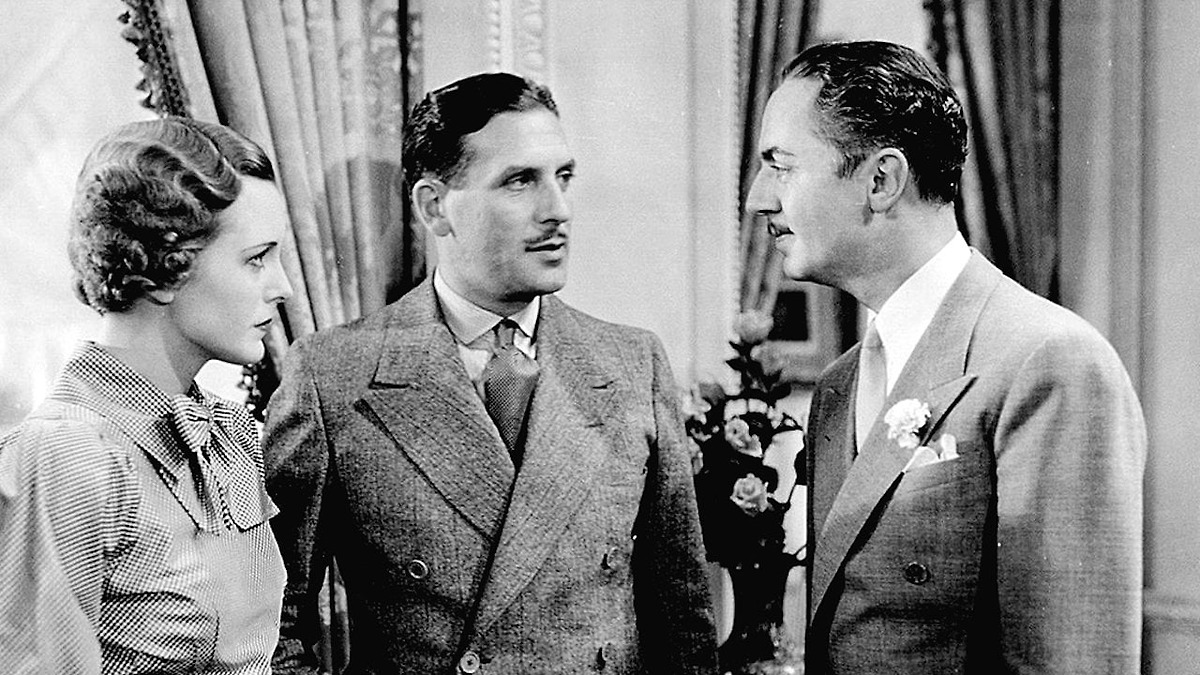
If the name Michael Curtiz seems to ring a bell, it’s probably because he’s the Academy Award-winning director better known for Casablanca, Mildred Pierce and White Christmas (among many, many others). Yes, legendary Hollywood icon Curtiz cut his teeth with this early sound film following his emigration to the United States in 1926, having forged a career in his native Hungary before America saw the talent he possessed and offered a lucrative contract on the continent. Curtiz’ name isn’t the only one of significance in the production of The Kennel Murder Case; notwithstanding William Powell, the film also co-stars Mary Astor (who would go on to star alongside Bogart in The Maltese Falcon), noted stage and screen actor Robert McWade (Cimmaron, Grant Hotel), and longtime Charlie Chaplin troupe member Leo White, in an uncredited role. Although the prestige of such talent is belied by the candy-floss nature of the story’s lightweight dramatic heft, there’s a lot to admire even with Curtiz’ nascent flourishes in the editing room, and excellent use of framing and camerawork on the soundstage-heavy production. The screenplay adaptation is credited to Robert Presnell, Robert N Lee and Peter Milne, and condenses the novel’s plot into a predictably contrived murder involving a man a lot of folks hate, leaving Powell’s Philo Vance to dance rings around the conspicuously incompetent police force – returning co-star Eugene Pallette once more essays the bullish Sergeant Heath, while Robert McWade has a turn as the perennially exasperated DA Markham, in what ends up being some of the more fun aspects of the film.
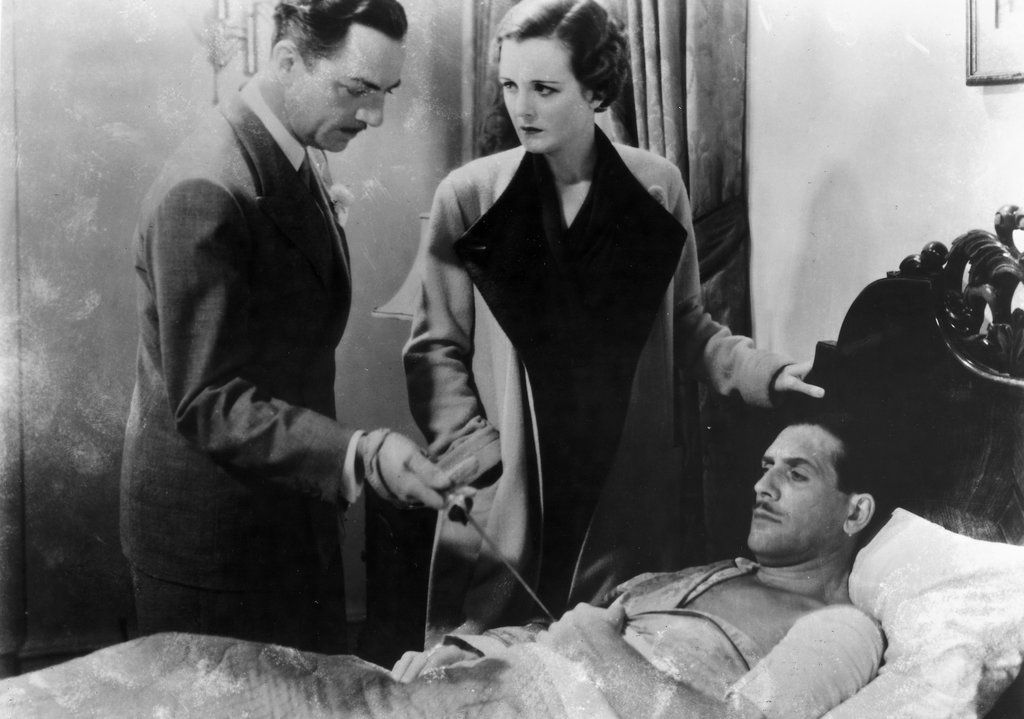
In a break from previous films in the series, The Kennel Murder Case makes use of some fabulous miniature work standing in for a husky, melancholy New York City skyline, and several contrived moments (one involving Vance having constructed a full miniature replica of an entire city block with floorplans and removable rooftops to deliver some routine exposition involving where all the disparate characters were located is of particular incidental hilarity) keep the humour light, despite the body count rising throughout the film. As with previous entries, however, the fact that several character meet untimely deaths throughout the plot is seen more as an inconvenience than a tragedy, a lot of flippant remarks and an apparent disdain for the dearly departed ensuring a mood of indifference settles over proceedings. The dialogue is well written despite offering only minor development for any of the characters – this is a film about stuff happening, not who it’s happening to – and the well-trod mystery formula is, in the hands of Curtiz and his team, a delight to enjoy. It’s definitely not something to be taken seriously, and while the unravelling of the eventual murder plot and… er, whodunnit feels a touch too-clever-by-half, the fun of the film is in Powell’s gradual revealing who, how and why everything occurred the way it did.
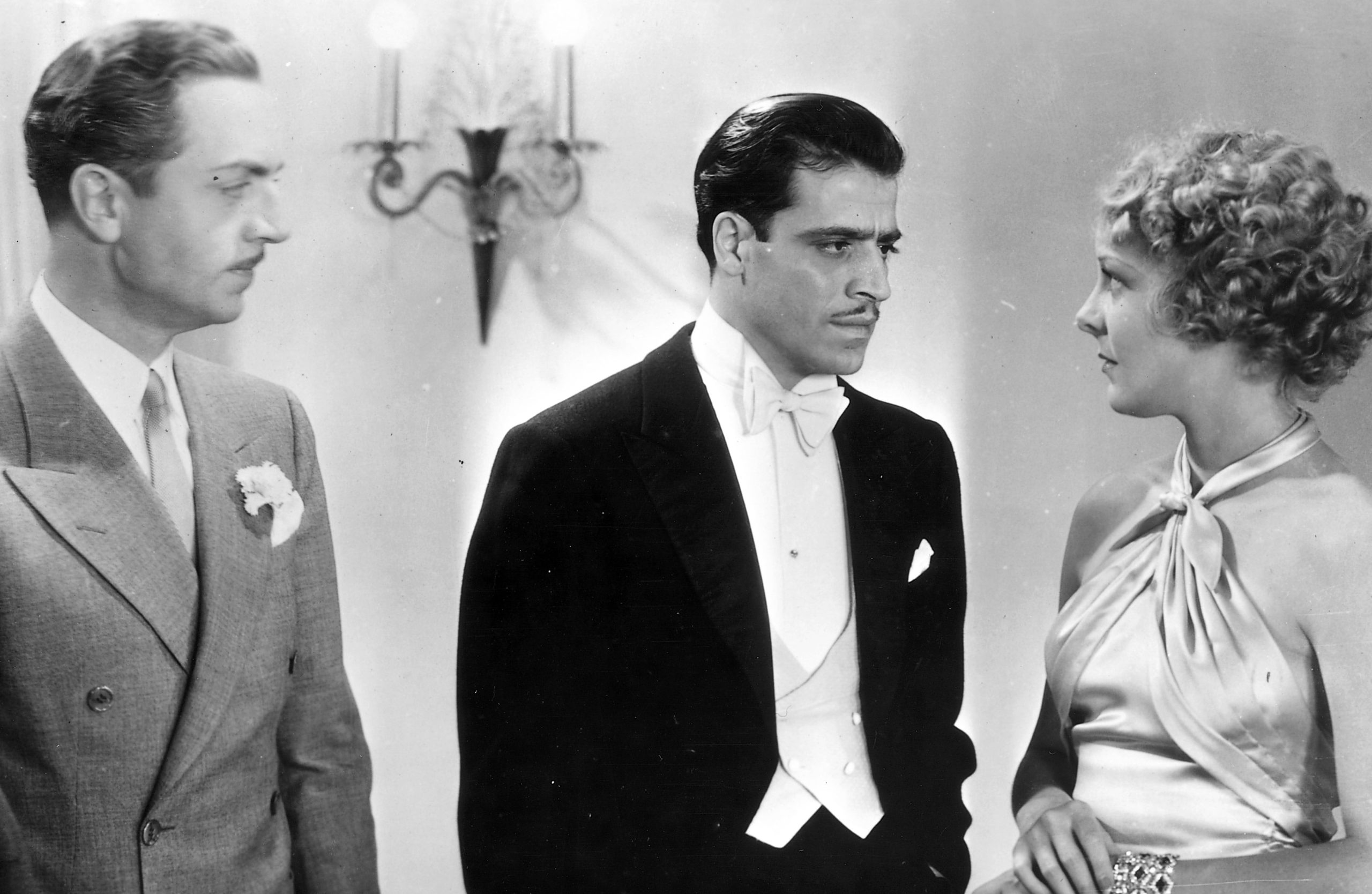
Casual classic film fans will delight in William Powell’s style again being the glue that holds this thing together – it hangs on his shoulders and despite not really finding it a compelling character to play, the actor delivers consummate subgenre skill in making it as fun as he does – and watching an early, formative Michael Curtiz Hollywood film was something of a surprise. I wouldn’t have marked this one does as an especially memorable entry into the lexicon of big-screen sleuth franchises but it’s breezy enough to satisfy and well produced (for Warner Bros, in their first outing with the series following Paramount reneging on making any more) in a way that fans of this kind of movie will enjoy. The ensemble know what kind of film they’re in – Etienne Girardot gets a shoutout for his hilarious take as the city’s chief medical examiner, for whom all these murders appear to be interrupting his mealtimes in a winsome running gag – and Curtiz doesn’t waste time trying to make a better film than the material deserves. It’s slick, fun and engaging, and recommended for fans of Powell, Curtiz and the Philo Vance series.
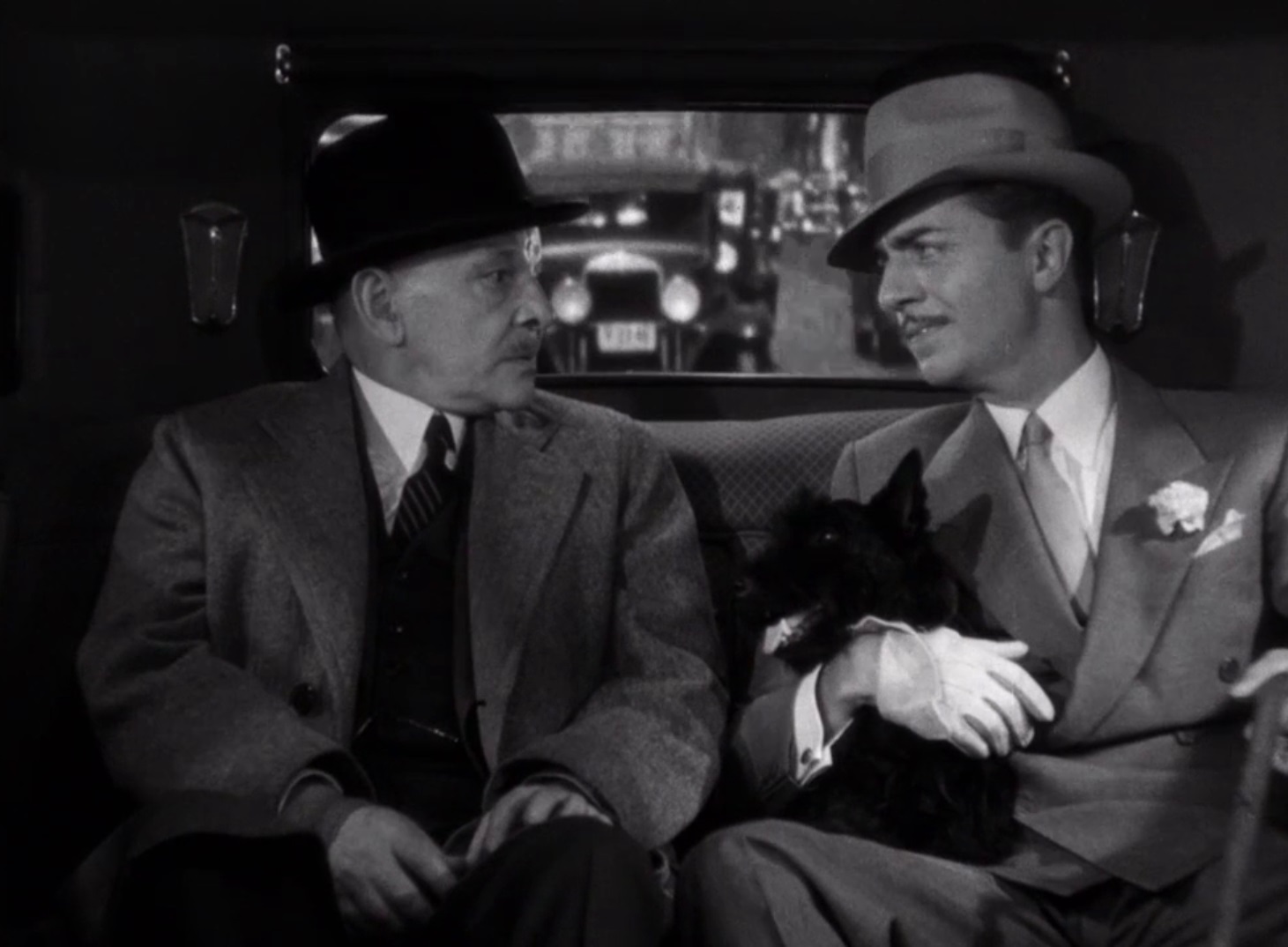
The Kennel Murder Club is available on BluRay in some markets, and can be viewed on YouTube below:

